September’s Book for Book Club is Fuzz: When Nature Breaks the Law
This book is a 2021 nonfiction book by Mary Roach. Published by W. W. Norton & Company, it details the “curious science of human-wildlife conflict.”[1]
In the book, Roach details many ways humans have tried, often unsuccessfully, to handle animals that might harm humans or damage crops and livestock.
The work mostly follows her first-hand accounts of wildlife researchers on the job. For example, Roach follows Colorado Parks and Wildlife when they get called in after bears break into restaurant dumpsters late at night (a hyperphagic black bear, Roach notes, can consume double or triple its usual amount of calories), she tags along as the Wildlife Institute of India holds meetings to warn residents about migrating elephants (for an elephant that smells something delicious, small things like doors and walls don’t get in their way), and she visits Vatican City to witness lasers set up to guard Easter flowers, after a famous 2017 debacle where gulls destroyed the arrangements.
Interspersed throughout the book is a history of previous efforts to handle species considered pests, often with poison or explosives. For example, she notes that between 1934 and 1945, an estimated 3.8 million crows were killed in Oklahoma. This was approximately 1-2 percent of the crow flock and didn’t have a noticeable effect on farmer losses.[2]
“Such is the inside-out history of conservation in America,” Roach wrote. “It wasn’t until the 1980s that the word come to mean what it means now. Wildlife and wilderness weren’t conserved for their intrinsic value. They were conserved for hunting and fishing.”
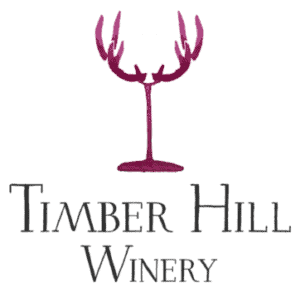

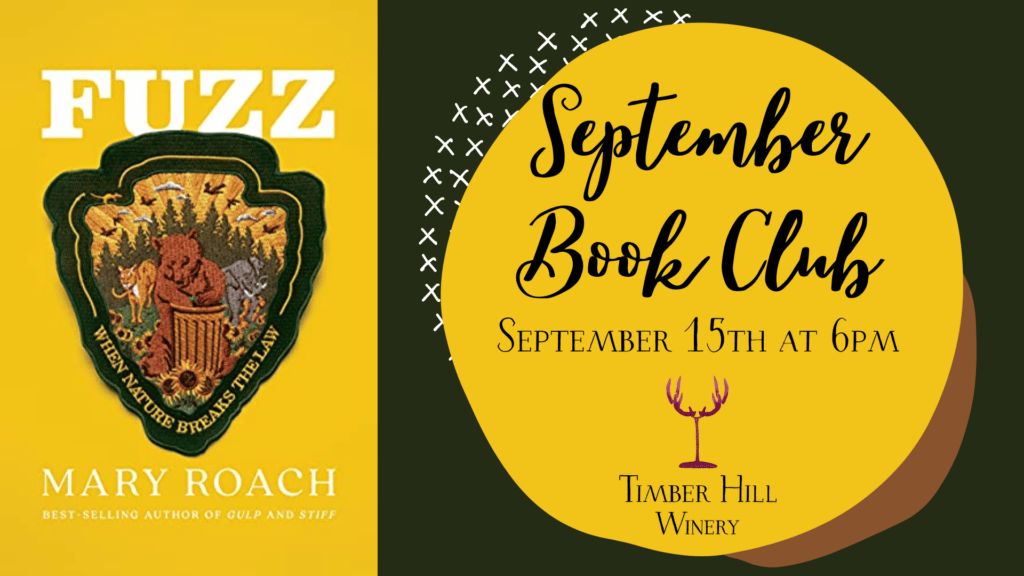

 Get ready for an unforgettable afternoon filled with soulful melodies and incredible energy.
Get ready for an unforgettable afternoon filled with soulful melodies and incredible energy.  Join us on March 30th from 2:00pm-4:00pm for a captivating live performance by the one and only Cyndi Meyer! Mark your calendars – you don't want to miss this!
Join us on March 30th from 2:00pm-4:00pm for a captivating live performance by the one and only Cyndi Meyer! Mark your calendars – you don't want to miss this!  #LiveMusic #CyndiMeyer #SaveTheDate
#LiveMusic #CyndiMeyer #SaveTheDate

 We're teaming up with Rock County Cancer Coalition for a special night of fun and fundraising. All donations to play will go directly to supporting this incredible nonprofit and their mission. Enjoy great wine, exciting bingo rounds, and the chance to make a difference in our community. Gather your friends and come sip, play, and support a great cause!
We're teaming up with Rock County Cancer Coalition for a special night of fun and fundraising. All donations to play will go directly to supporting this incredible nonprofit and their mission. Enjoy great wine, exciting bingo rounds, and the chance to make a difference in our community. Gather your friends and come sip, play, and support a great cause! 



 Join us for a Brunch Buffet Herd Social on April 6th from 11:00 AM - 1:00 PM!
Join us for a Brunch Buffet Herd Social on April 6th from 11:00 AM - 1:00 PM! 
 Gather with fellow Herd members for a delicious brunch spread, great company, and of course, fabulous wine!
Gather with fellow Herd members for a delicious brunch spread, great company, and of course, fabulous wine! 
 Sip on your favorite wine, relax, and enjoy great tunes with friends. Just good vibes and great music! See you there!
Sip on your favorite wine, relax, and enjoy great tunes with friends. Just good vibes and great music! See you there! 

 Learn how to care for your starter, master sourdough baking, and take home:
Learn how to care for your starter, master sourdough baking, and take home:  A live sourdough starter
A live sourdough starter  Recipes & instructions
Recipes & instructions  Reserve your spot now—space is limited! **This event will take place in The Loft. If you are unable to access the upstairs space, reach out to us, and we will do…
Reserve your spot now—space is limited! **This event will take place in The Loft. If you are unable to access the upstairs space, reach out to us, and we will do…



 Grab your friends, get your creativity flowing, and celebrate Easter in a whole new way!
Grab your friends, get your creativity flowing, and celebrate Easter in a whole new way! 
 #EasterCrafts #HammerAndStain #BoardPainting #SpringVibes #CreativeFun get your tickets here
#EasterCrafts #HammerAndStain #BoardPainting #SpringVibes #CreativeFun get your tickets here

 Ew, David! It’s time to test your Schitt’s Creek knowledge!
Ew, David! It’s time to test your Schitt’s Creek knowledge!  Gather your besties, channel your inner Moira, and see if you have what it takes to be crowned winner! Tag your trivia squad and let us know—who’s your favorite character?
Gather your besties, channel your inner Moira, and see if you have what it takes to be crowned winner! Tag your trivia squad and let us know—who’s your favorite character?  #SchittsCreekTrivia #EwDavid #TimberHillWinery
#SchittsCreekTrivia #EwDavid #TimberHillWinery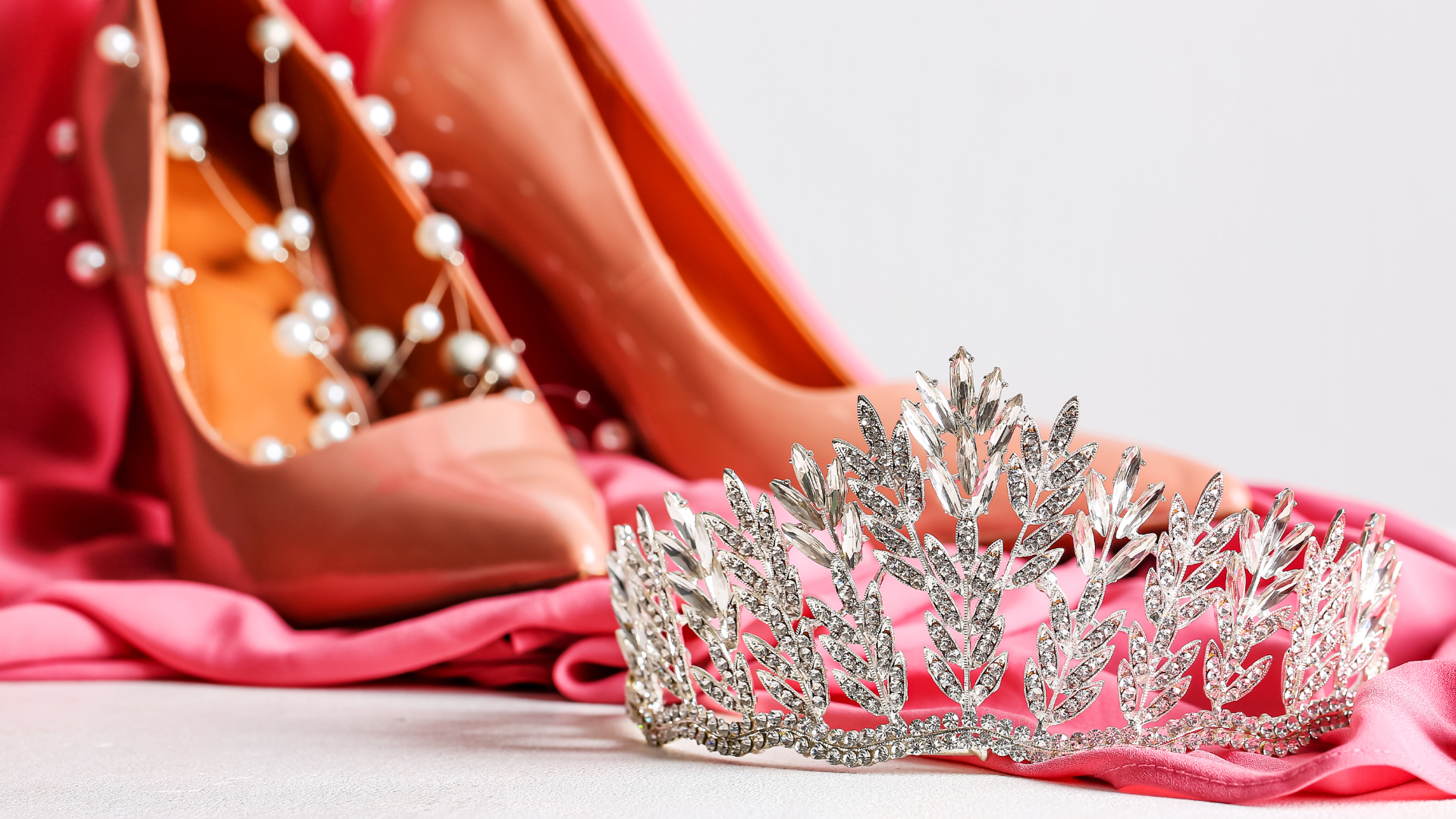
 ) to uncover the…
) to uncover the…


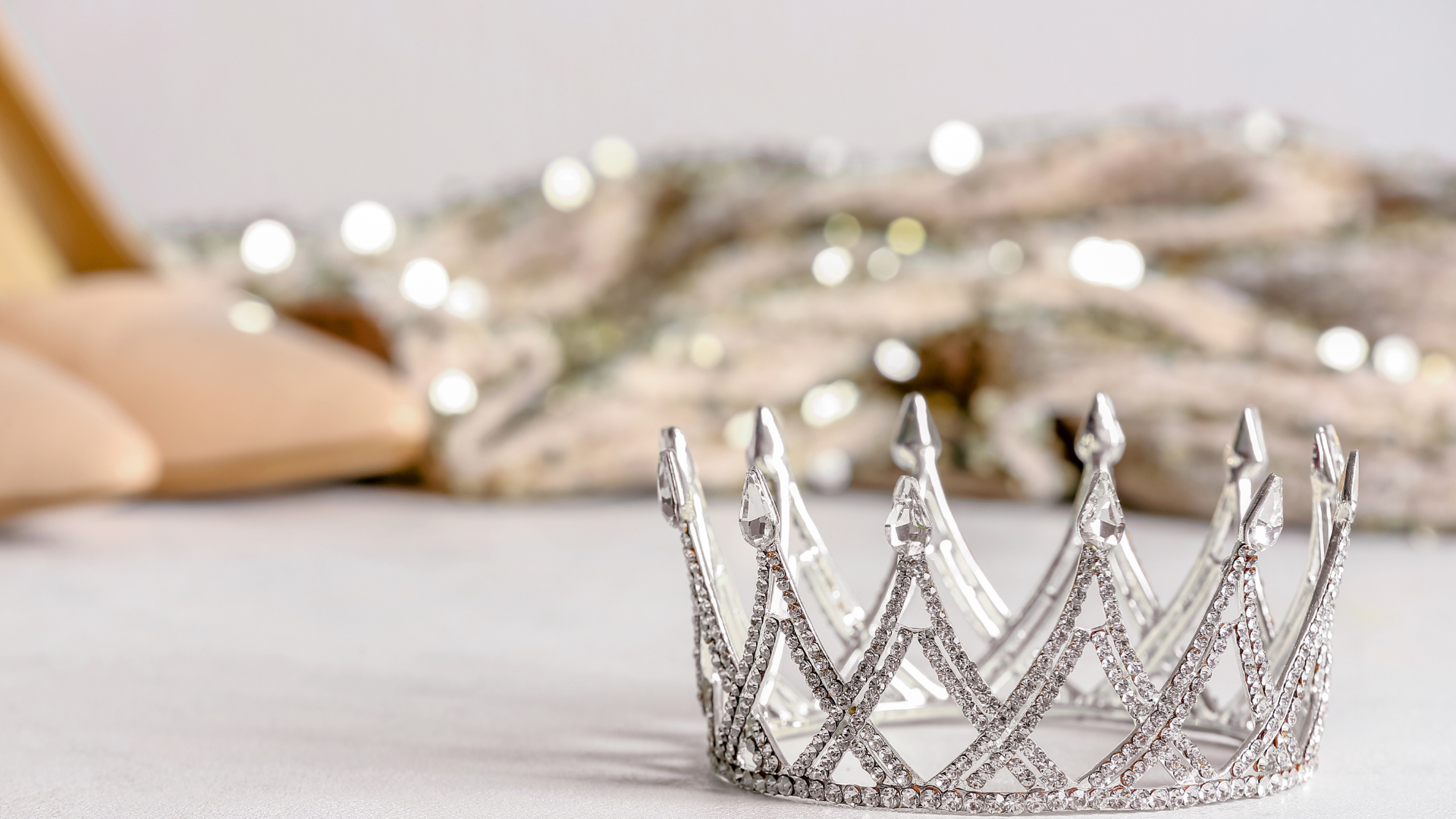
 Salad
Salad Chicken Breast
Chicken Breast Mashed Potatoes & Gravy
Mashed Potatoes & Gravy Mixed Veggies
Mixed Veggies A variety of hot & cold hors d'oeuvres
A variety of hot & cold hors d'oeuvres A sweet dessert to end the night! That’s not all!
A sweet dessert to end the night! That’s not all! 
 Photo Booth to…
Photo Booth to…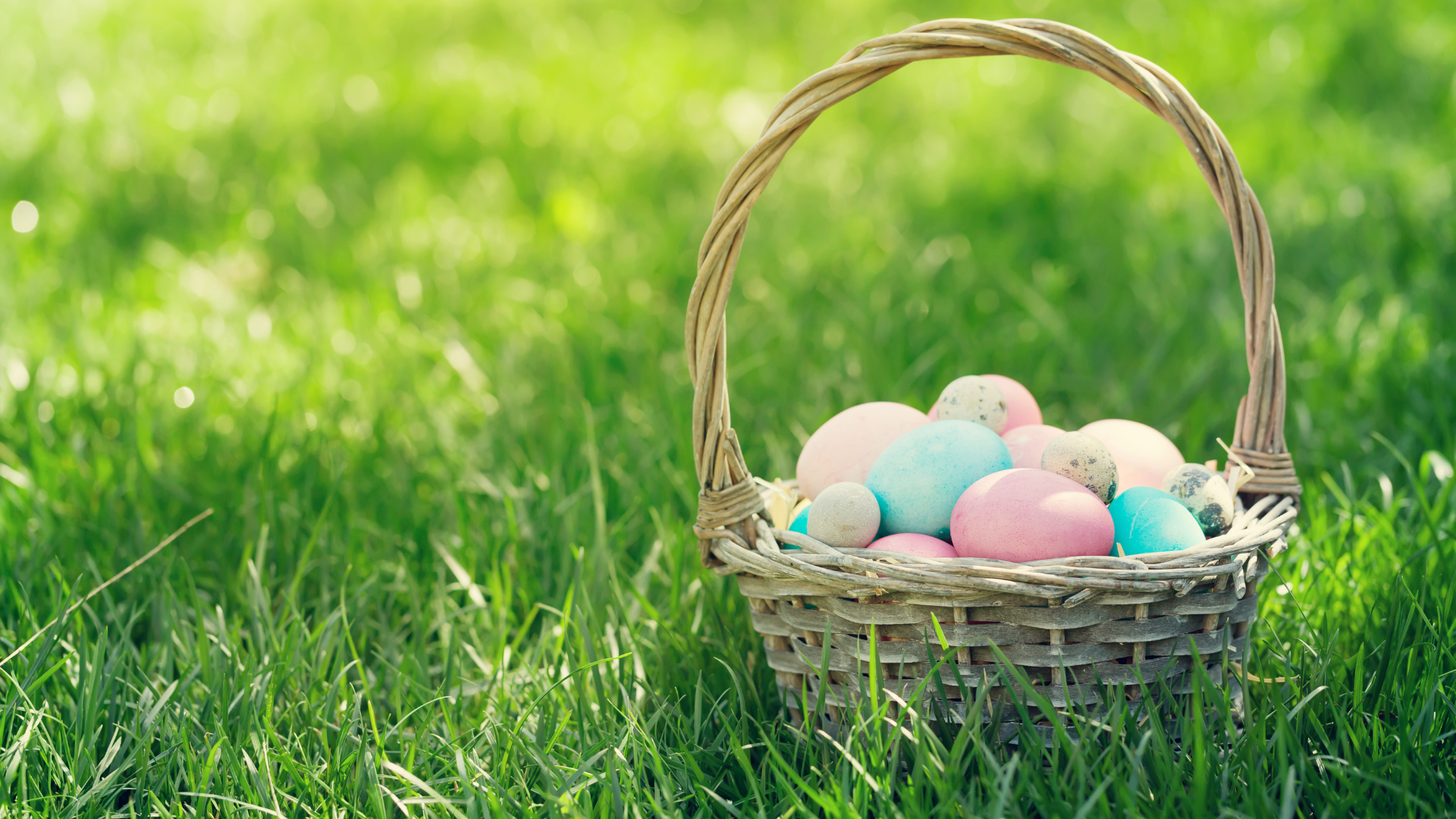
 Kids (12 & under): $20
Kids (12 & under): $20  Adults: $35
Adults: $35 
 Indulge in your favorite guilty pleasures while sipping on perfectly paired wines that elevate every bite! From savory snacks to sweet treats, we’ve curated the perfect wine pairings to make your taste buds dance. Whether you're a wine connoisseur or just in it for the fun, this event offers something for everyone! Grab your tickets today and make sure you're part of…
Indulge in your favorite guilty pleasures while sipping on perfectly paired wines that elevate every bite! From savory snacks to sweet treats, we’ve curated the perfect wine pairings to make your taste buds dance. Whether you're a wine connoisseur or just in it for the fun, this event offers something for everyone! Grab your tickets today and make sure you're part of…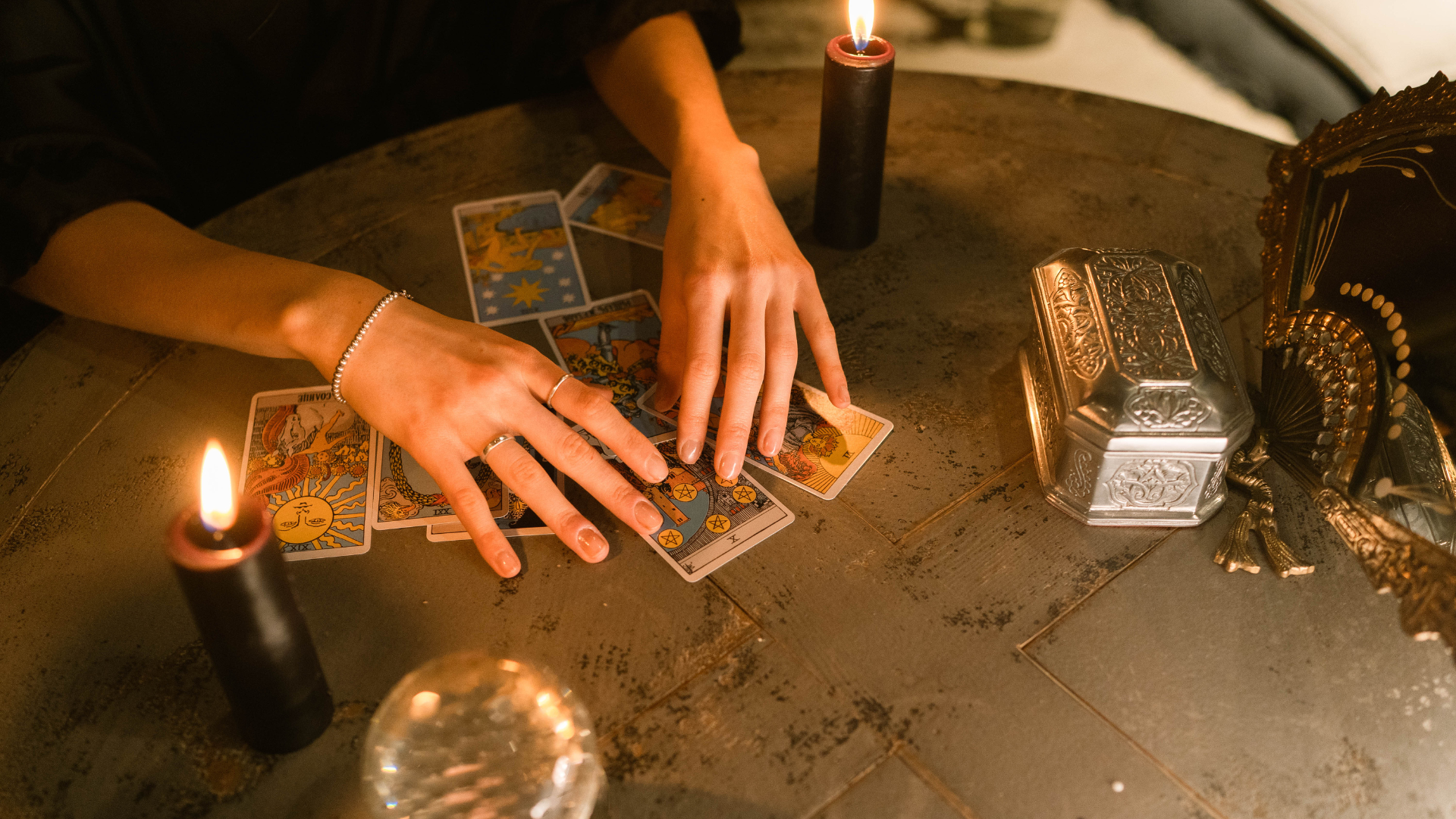


 Tag your trivia crew and start brushing up on your favorite 90s moments. Let’s make this a night to remember!
Tag your trivia crew and start brushing up on your favorite 90s moments. Let’s make this a night to remember! 

 Professional Photography: Couple Photo – $25 (1 image, additional photos available for purchase through the photographer) Group Photo – $50 (Up to 6 people, 3 images, additional photos available for purchase through the photographer)
Professional Photography: Couple Photo – $25 (1 image, additional photos available for purchase through the photographer) Group Photo – $50 (Up to 6 people, 3 images, additional photos available for purchase through the photographer)  Dinner Add-On – $30: Enjoy a delicious meal featuring rolls, garden salad,…
Dinner Add-On – $30: Enjoy a delicious meal featuring rolls, garden salad,…
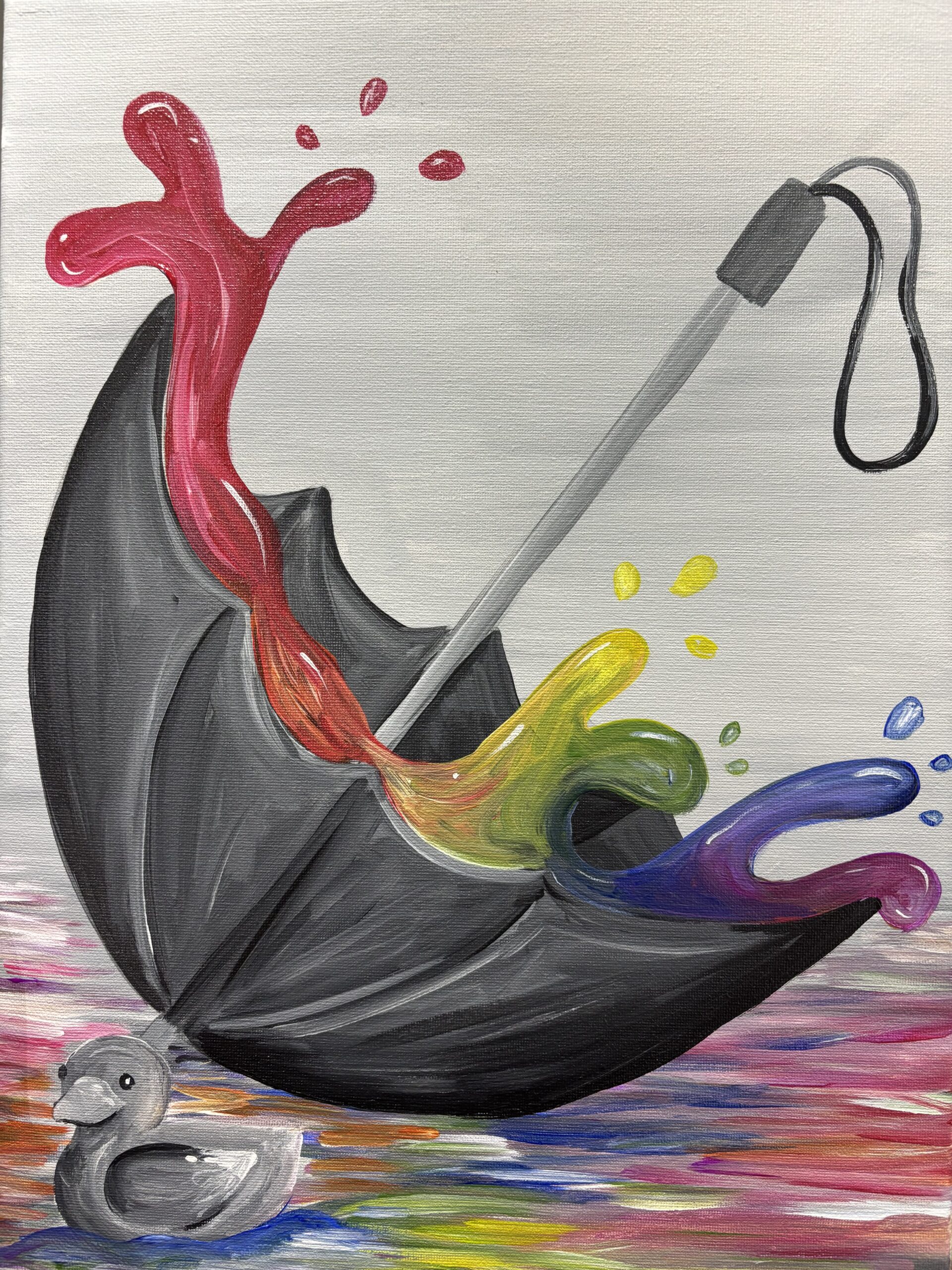

 Join us for April's Paint & Sip with the talented Annie from Vannie Gogh! This month, Annie will guide you through the magic of painting a beautiful umbrella, symbolizing April showers.
Join us for April's Paint & Sip with the talented Annie from Vannie Gogh! This month, Annie will guide you through the magic of painting a beautiful umbrella, symbolizing April showers. 
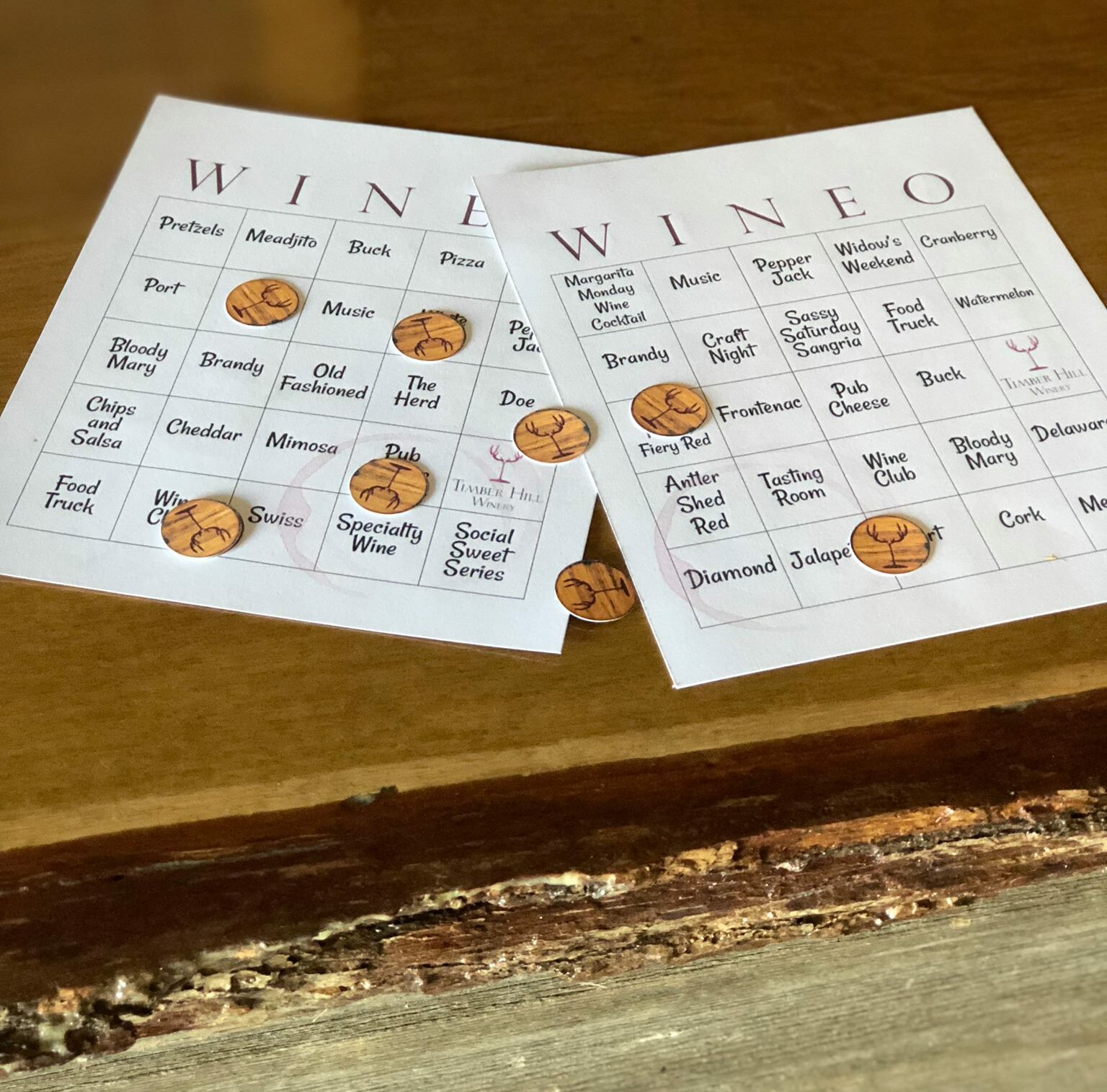
 . Play for fun prizes while supporting a great cause that helps local youth in need
. Play for fun prizes while supporting a great cause that helps local youth in need 
 . Don't miss out on this exciting and meaningful evening—see you there!
. Don't miss out on this exciting and meaningful evening—see you there!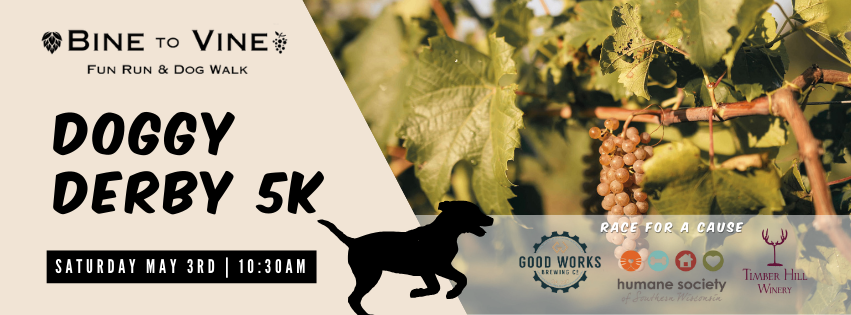

 Dress up in your best Derby style with your furry friend and race for a great cause! This fun 5k run/walk (or 1-mile walk option) takes you from Good Works to Timber Hill Winery, benefiting the Humane Society of Southern Wisconsin.
Dress up in your best Derby style with your furry friend and race for a great cause! This fun 5k run/walk (or 1-mile walk option) takes you from Good Works to Timber Hill Winery, benefiting the Humane Society of Southern Wisconsin. 
 Best Costume Contest: The most fabulous dog-and-human duo will be crowned the winner and take home an amazing prize!
Best Costume Contest: The most fabulous dog-and-human duo will be crowned the winner and take home an amazing prize!  Registration: 10:00 AM
Registration: 10:00 AM  Race…
Race…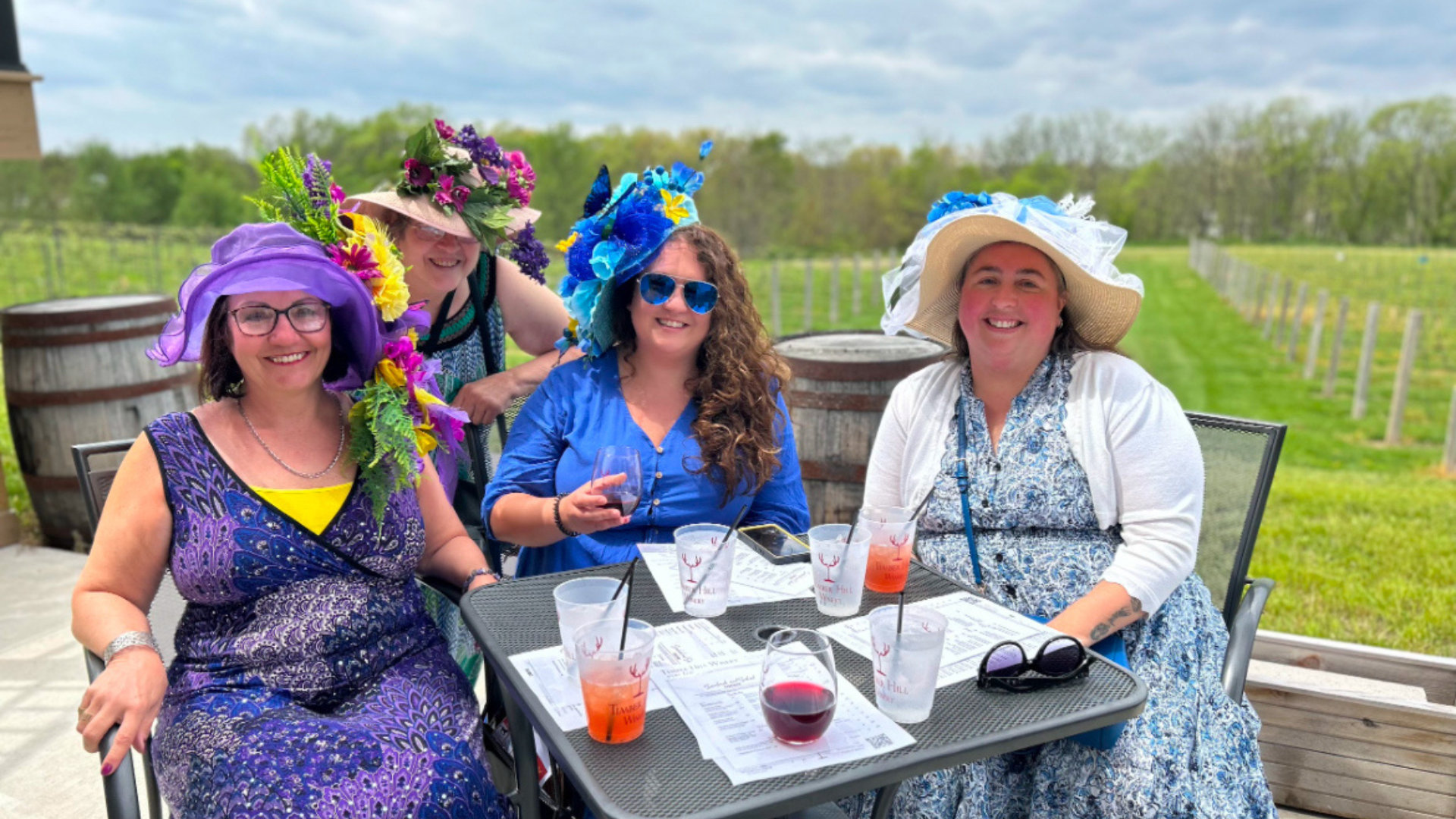
 Everyone is welcome to participate, so grab your friends, family, and fellow Derby enthusiasts for an unforgettable celebration. Whether you go for classic elegance, whimsical flair, or bold and over-the-top designs, we can’t wait to see your Derby style!
Everyone is welcome to participate, so grab your friends, family, and fellow Derby enthusiasts for an unforgettable celebration. Whether you go for classic elegance, whimsical flair, or bold and over-the-top designs, we can’t wait to see your Derby style! 

 Judging begins at 3:00 PM sharp!…
Judging begins at 3:00 PM sharp!…